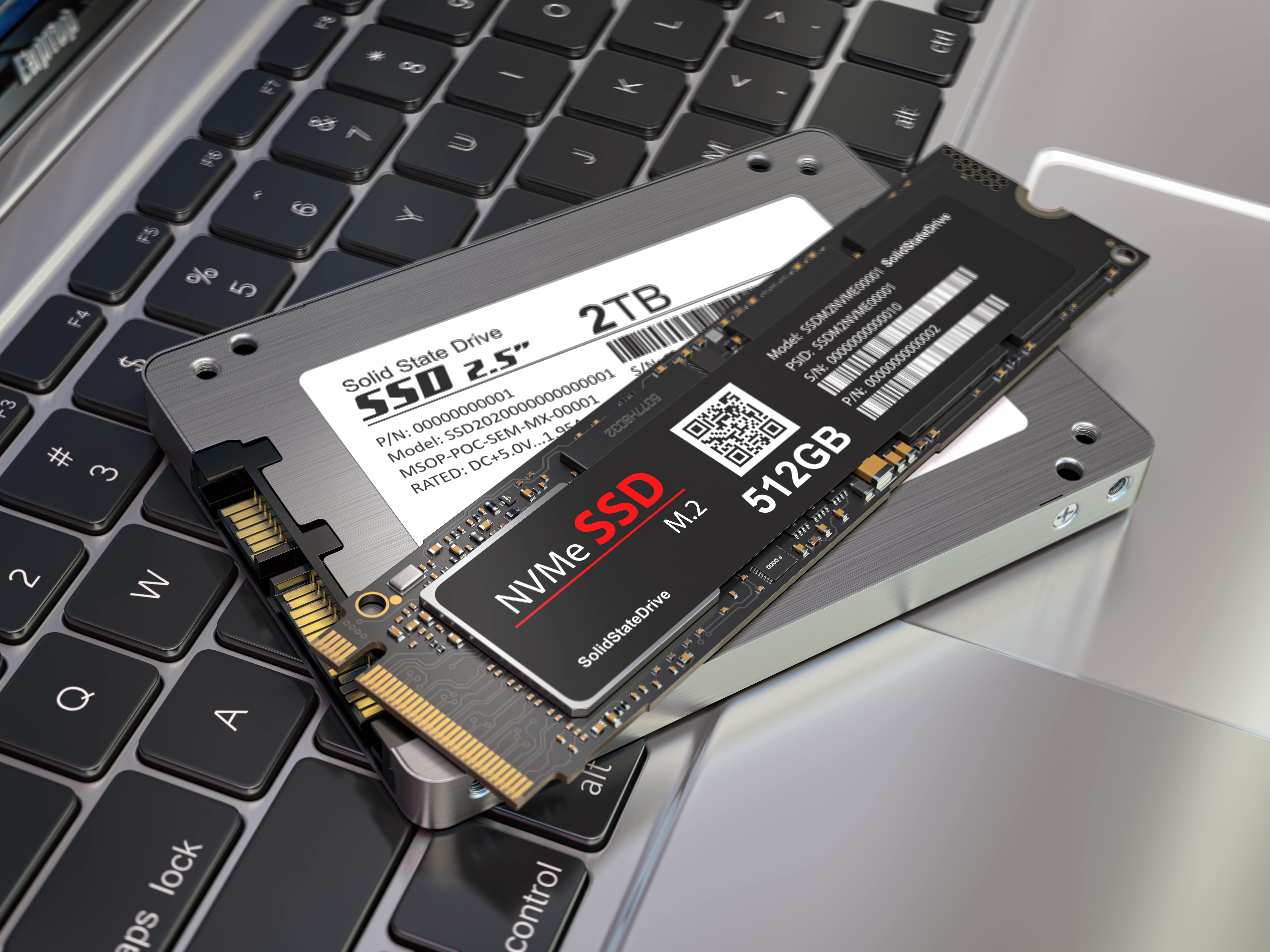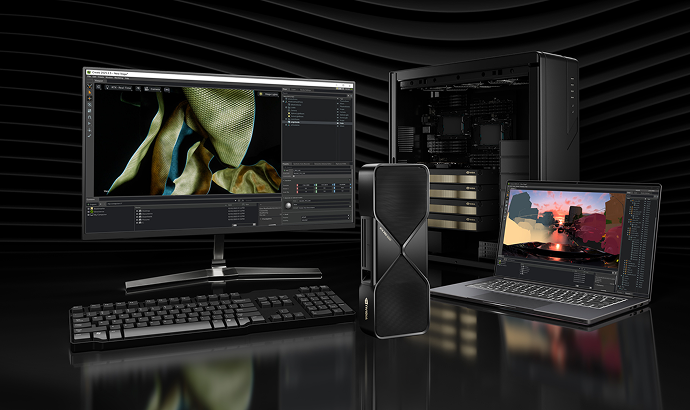

Writing About AI
Uvation
Reen Singh is an engineer and a technologist with a diverse background spanning software, hardware, aerospace, defense, and cybersecurity. As CTO at Uvation, he leverages his extensive experience to lead the company’s technological innovation and development.

SSDs offer several significant advantages over HDDs that make them a necessity for modern data centres. Primarily, they provide significantly faster read and write speeds due to their use of flash memory, which is crucial for handling large volumes of information and requiring quick data access. Secondly, SSDs are more reliable as they have no moving parts, making them less prone to mechanical failure during continuous operation. Thirdly, they are more energy-efficient, consuming less power than HDDs, which helps reduce energy costs and cooling requirements in data centres. Finally, SSDs boast superior durability, being able to withstand physical shocks and extreme environmental conditions better than HDDs, thus enhancing their longevity.
SSDs have become a “game-changer” and a “necessity” in data centres primarily because they offer unparalleled speed, durability, and energy efficiency compared to traditional HDDs. In the fast-paced world of data management, where performance and reliability are paramount, the ability of SSDs to provide significantly faster data access, higher reliability due to no moving parts, and reduced energy consumption directly addresses the critical demands of modern data centre operations. Their robust performance and efficiency allow data centres to handle increasing volumes of data and critical workloads more effectively, making them an indispensable storage solution.
The leading brands highlighted for their data centre SSDs are Micron Technology, Samsung, Intel, Western Digital (WD), Seagate, and Kingston Technology. Each brand is recognised for offering unique features and capabilities tailored to the demanding requirements of data centres. Generally, their offerings are characterised by exceptional performance, high reliability, significant capacity, and innovative technology. For example, Intel is noted for low latency, Samsung for cutting-edge technology and durability, and Micron for innovation and high-quality products.
Certainly, here are some flagship SSD products and their typical applications:
Flash memory is fundamental to the superior performance of SSDs. Unlike HDDs that rely on spinning platters and read/write heads, SSDs store data using non-volatile flash memory chips. This direct electronic access to data eliminates the mechanical delays associated with moving parts, resulting in significantly faster read and write speeds. This speed is vital for data centres that require quick access to large volumes of information and need to process data rapidly.
SSDs contribute to reducing operational costs in data centres primarily through their energy efficiency. They consume less power than traditional HDDs. This reduced power consumption directly translates into lower electricity bills for the data centre. Furthermore, lower power consumption also means less heat generation, which in turn reduces the cooling requirements. Minimising both energy consumption and the need for extensive cooling systems helps to significantly cut down the overall operational expenses for data centres.
NVMe (Non-Volatile Memory Express) and SATA (Serial Advanced Technology Attachment) are two common interfaces for data centre SSDs, and their significance lies in their differing performance capabilities and suitability for various applications. NVMe is a communication interface specifically designed for SSDs that connects directly to the PCIe bus, offering significantly higher speeds and lower latency compared to SATA. This makes NVMe SSDs ideal for demanding, data-intensive applications and critical workloads where maximum performance is required. In contrast, SATA is an older interface originally designed for HDDs, which SSDs can also use. While still offering a substantial performance improvement over HDDs, SATA SSDs are generally slower than NVMe SSDs. They are suitable for a wider range of data centre applications where a balance of performance and capacity is sufficient, and for scenarios where existing SATA infrastructure is being utilised.
The future of data centre storage is predicted to be with SSDs because the demand for faster, more reliable, and energy-efficient storage solutions will only continue to grow as data centres evolve. SSDs intrinsically meet these demands by offering unparalleled speed, superior reliability due to their solid-state design, and significant energy savings. Leading brands are continuously innovating to enhance SSD capabilities, providing data centres with the necessary tools to handle increasing data volumes, complex workloads, and to stay ahead of technological curves. The inherent advantages of SSDs align perfectly with the future requirements for efficient and high-performance data management.
We are writing frequenly. Don’t miss that.
